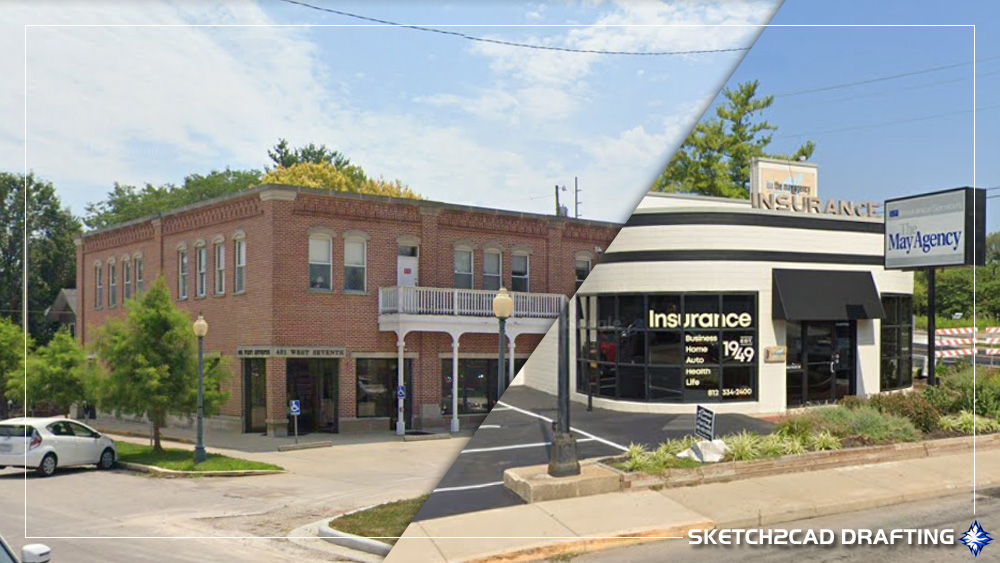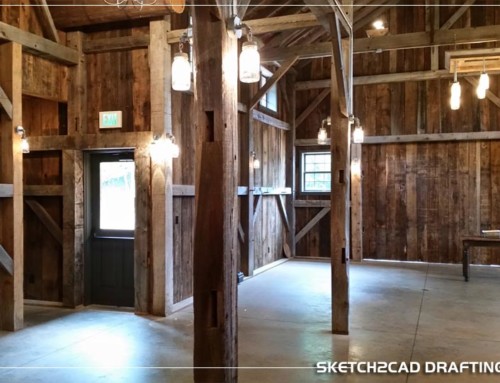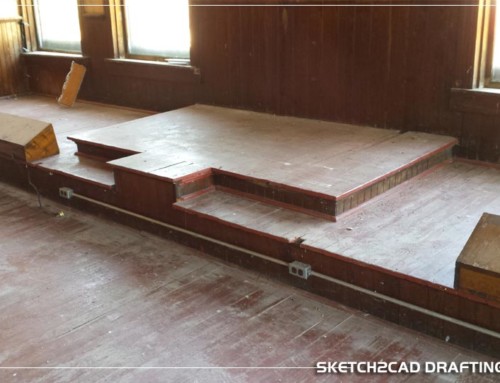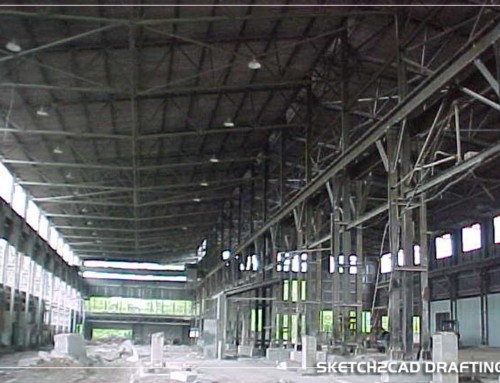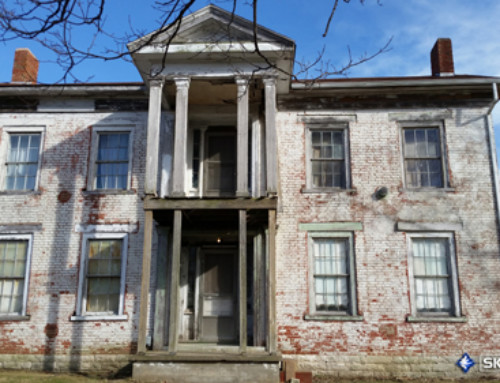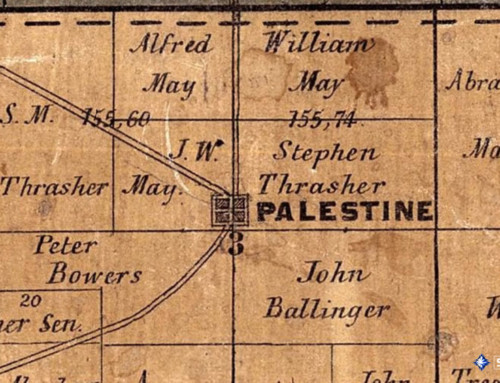We were commissioned awhile back to conduct surveys on existing buildings within Bloomington, Indiana, and furnish plans and elevations for the projects. One of these projects is situated to the west of downtown, while the other is positioned on the far north side. Following the measurement and documentation of the buildings, we delved into researching the historical usage of the parcels, which is a customary practice for us. However, our investigation revealed unexpected similarities between the histories of the two parcels involving the Boltinghouse family.
In the 1931-1937 Bloomington City directories, William McKinley “Doc” Boltinghouse is listed as a stoneworker, married to Marietta E. and living at 708 West Dodds Street. The amount of Indiana Limestone fabrication mills and quarries that contributed to the local economy during this time was astounding. Also listed in the directory is Boltinghouse & Shields secondhand automobiles owned by W. M. Boltinghouse & C.J. Shields that was located at 302 West 4th Street (future location of 1990’s Maplefoot Skate park & now Wonderlab).
1327 North Walnut Street
In the 1938 Bloomington City Directory, William & Marietta still reside at 519 West Fourth Street. Also listed in the directory is Boltinghouse & Wiley service station owned by W. M. Boltinghouse & Clarence Wiley that was located at the southwest corner of 17th & Walnut Street. This site would later become The Hanson Motor company, a Hudson vehicle dealership and later the current location of The May Insurance Agency.
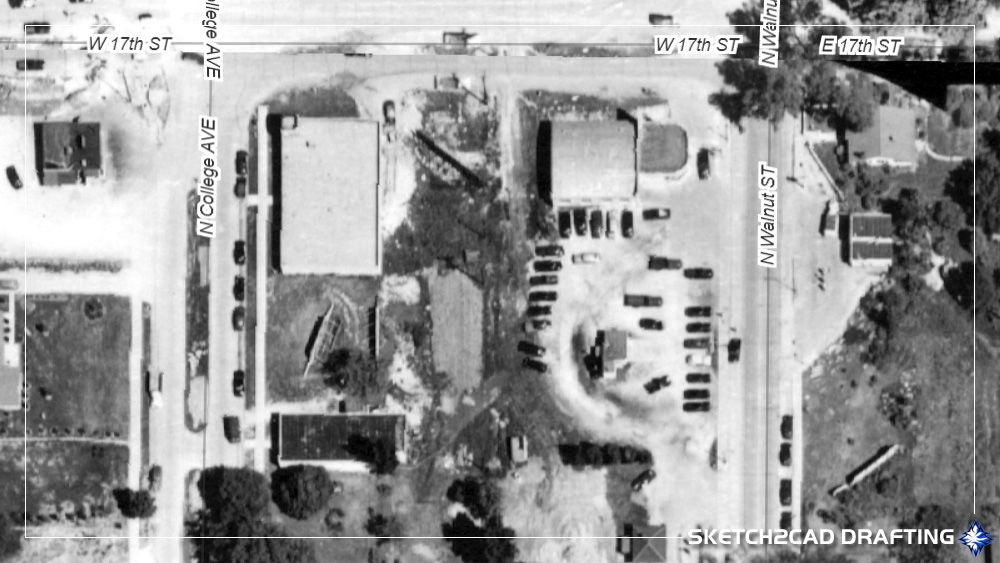
The structure in the above image can be divided into two separate sections. The smaller section adjacent to North Walnut Street was the main showroom and a structural dividing wall separated the showroom from the service area located on the west that is adjacent to the alley. To the south of the main structure is a smaller structure surrounded by vehicles facing the street, this was the used vehicle lot.
Hanson Motor Company
The link above showcases the original exterior of the Hanson Motor Company, a rare example of art deco architecture still present in Bloomington, Indiana. Its facade features a unique combination of CMU glazed blocks and glass, particularly notable in the showroom area where full glazing allows passersby at the intersection of 17th Street and Walnut Street to glimpse inside. In a city where architecture often resembles student apartments assembled from a Lego set, this building's style remains a striking testament to its historical significance regardless if the city or state historical boards deem it as 'contributing'.
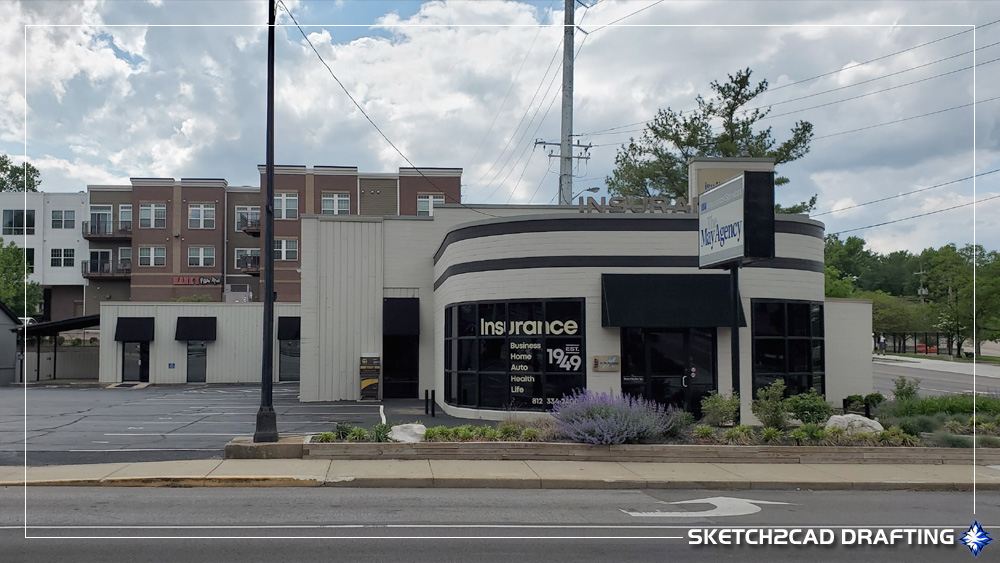
ISU May Agency
A current photograph of the same structure that has been renovated decades ago, now occupied by the ISU May Agency insurance company.
401 West 7th Street
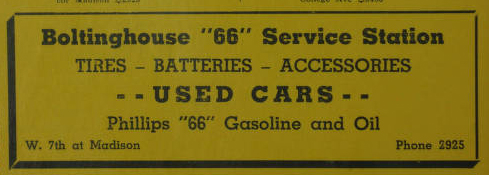
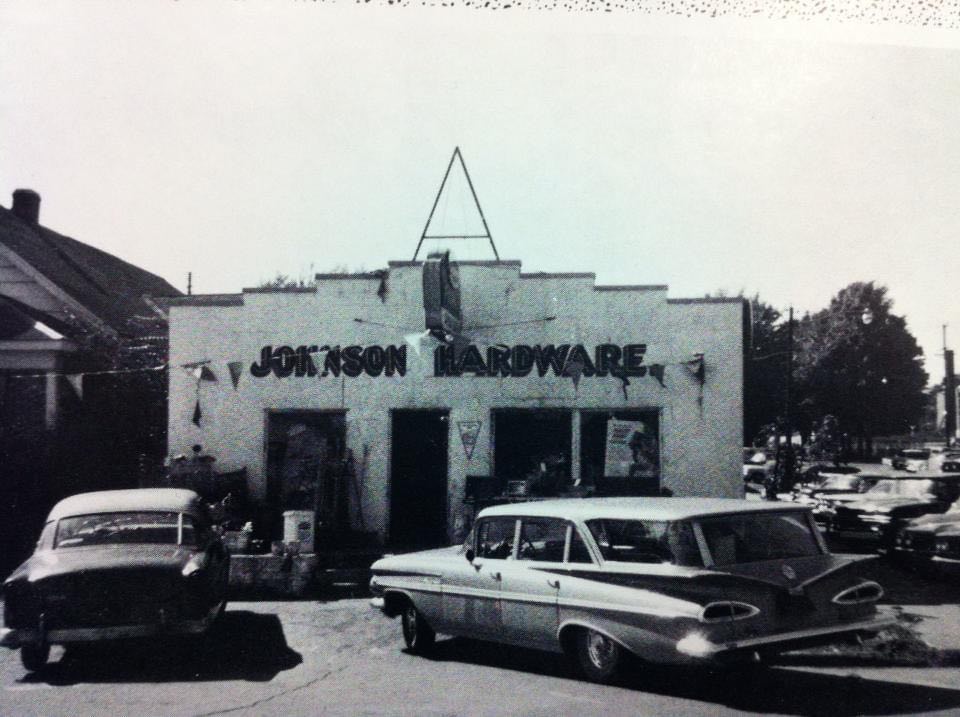
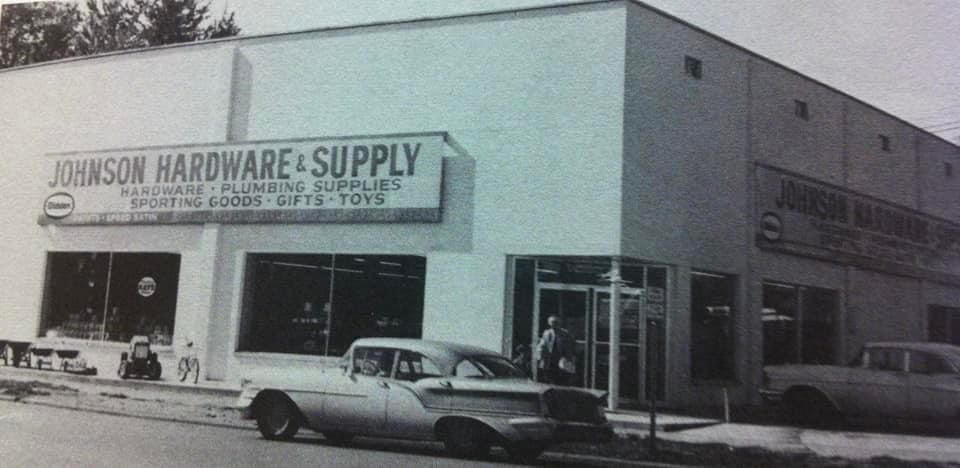
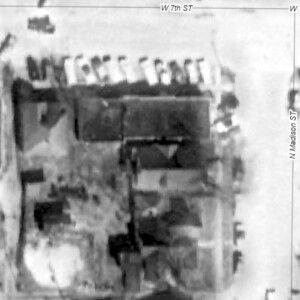
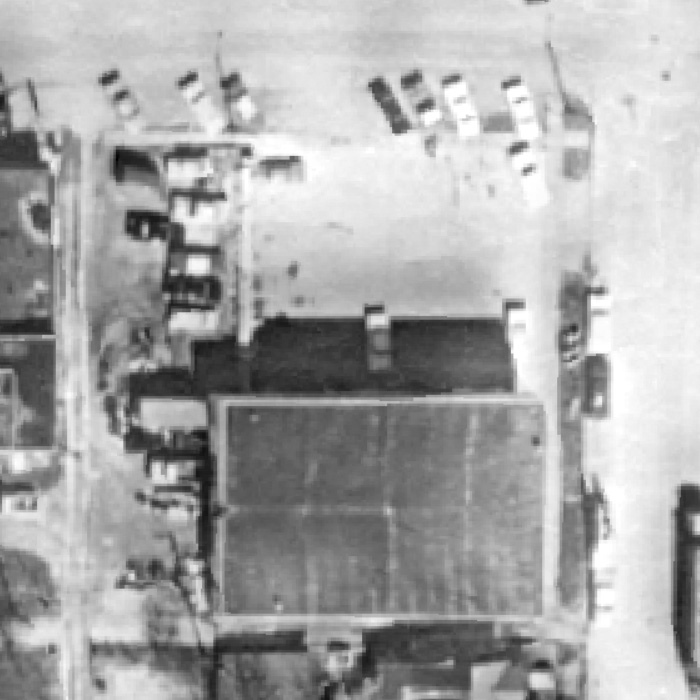
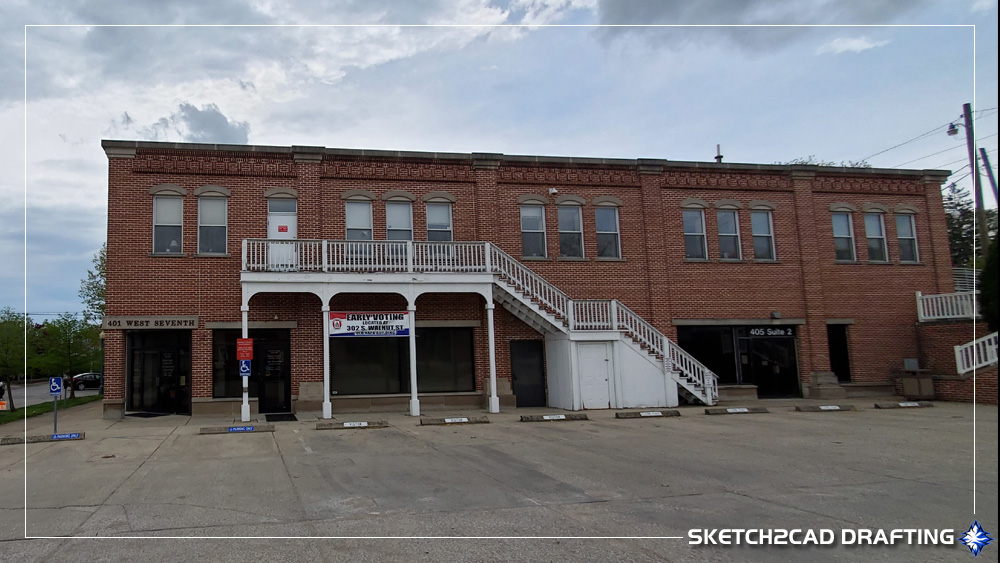
- William McKinley “Doc” Boltinghouse was born November 12, 1898 and died on July 22, 1981.
- Meritta Emily Wiley Boltinghouse was born on July 11, 1902 and died in February 13, 1957.
They are buried beside each other in Vahalla Memory Gardens
Conclusion
While the above story may be long, it briefly summerizes how one person in the past can have connections to multiple locations of structures in a given city.
